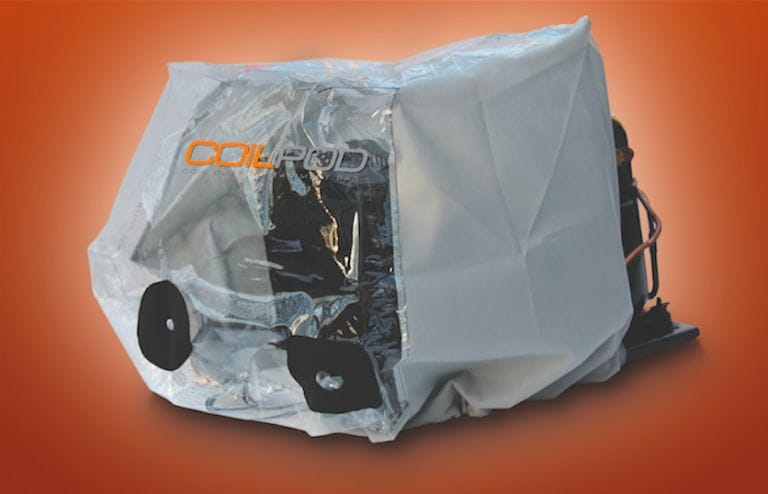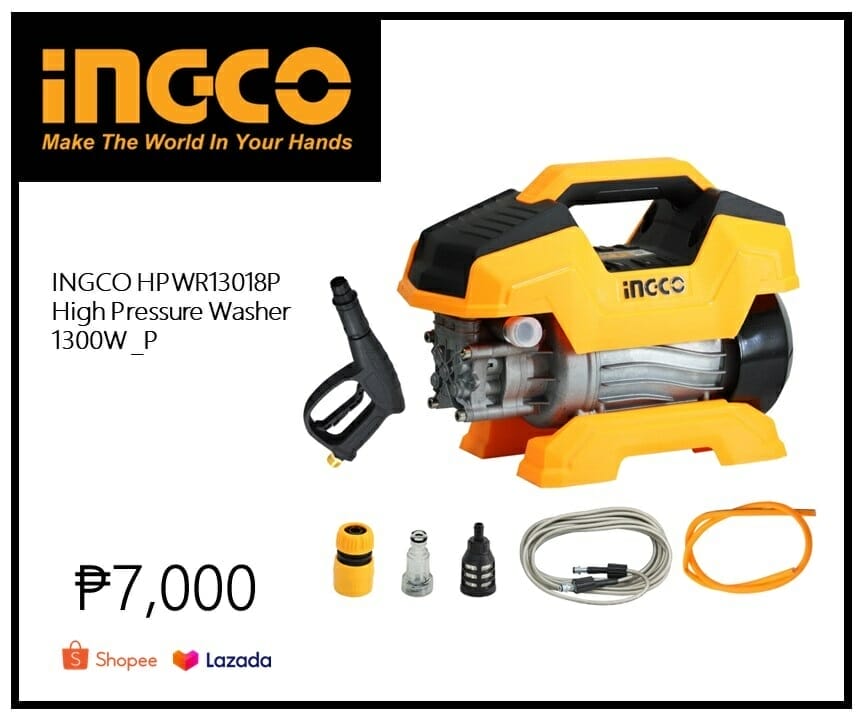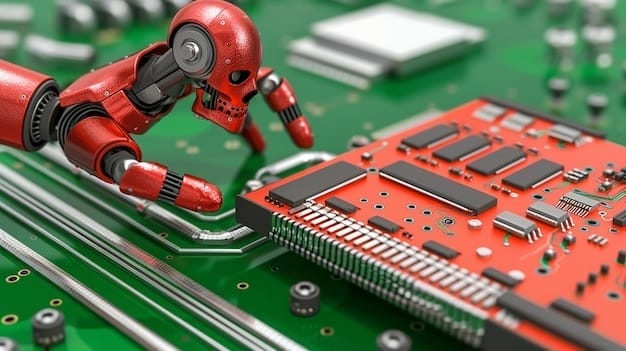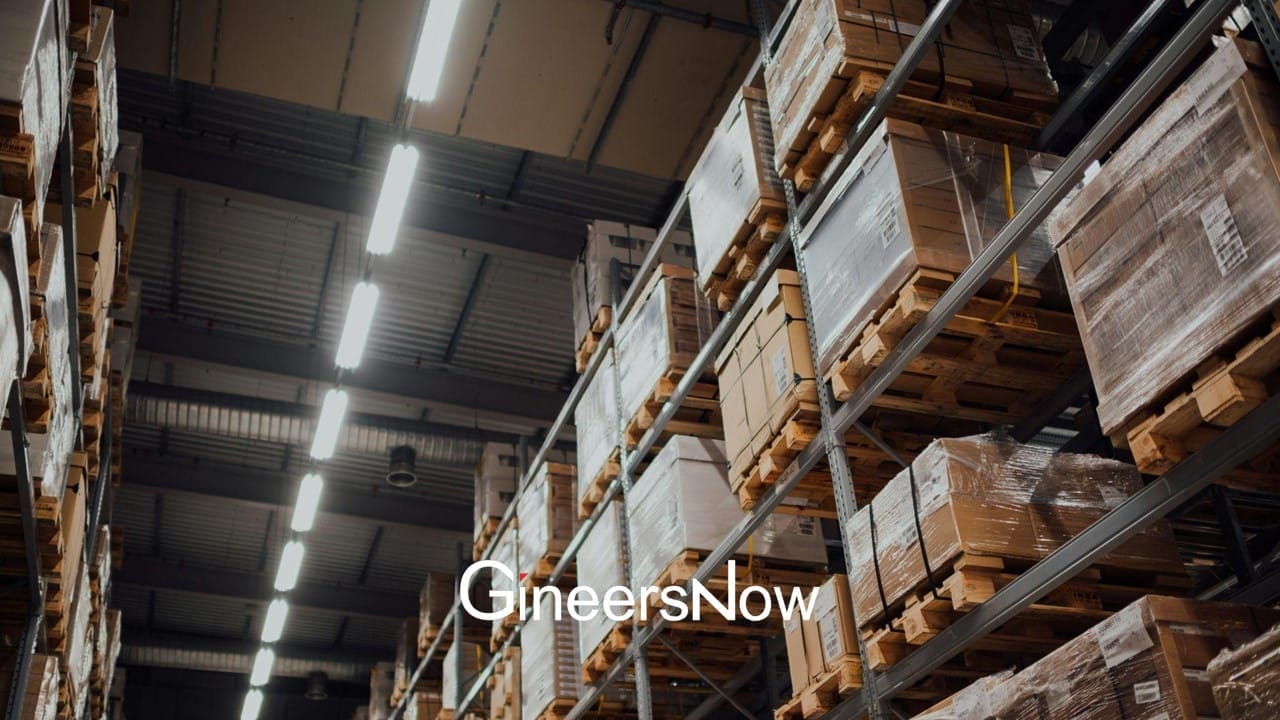Background
Cooling appliances (“coolers”) have condenser coils that are responsible for throwing off to the atmosphere the heat that has been extracted from the chamber holding the items intended to be refrigerated or frozen. To facilitate that heat exchange process, these coils, when contained within the appliance’s cabinet, have airflow directed through their structure by a fan in the condensing unit. All matter of dust and debris are also drawn in with the air causing clogging of the coils over time. Foster Refrigerator (UK) has stated that an airflow reduction of about 95% can be expected over a one year period of operation. Experts recommend frequent coil cleaning to insure good airflow —- often at periods of every three to four months as a minimum, and even more frequently in extremely dusty or dirty environments.
Why Condenser Coils Need Such Frequent Cleaning
Clogged coils cannot effectively throw off heat since the dust/debris forms an undesired insulation layer. The refrigerant flowing through the unit gets too hot (resulting in high pressures) and starts damaging other components, the system draws higher amperage, run times increase, the refrigerant degrades restricting its flow, and so forth. A number of undesired things can happen as a result:
- Energy waste: recently data has shown that the amount of energy needed to operate the appliance can increase by as much as 90% to 100% —- our estimate for an average energy waste is 280 KwH/unit/year for a domestic refrigeration unit and 1235 KwH for a commercial or institutional unit.
- Malfunction of the Unit: If the unit runs with clogged coils you may face an emergency service call which can lead to a very expensive service call involving proper removal of the refrigerant gas and tear down of the system. It can lead to four to six hours of labor costing quite a bit of money. In extreme cases, the unit might need to be replaced.
- Loss of Valuable Product Inventory: If the unit begins to malfunction, it may not be able to maintain the target temperature within the enclosure being cooled leading to compromise of the integrity of the item(s) being refrigerated.
- Shortening of the Life of the Unit: Malfunction of the appliance can also lead to a shortening of the useful life of the unit.
- Safety Issues for Hydrocarbon Refrigerant Units: There is a current and powerful movement to replace hydrofluorocarbon refrigerants, which are bad for the environment, with “natural” refrigerants that are more benign. One class of such refrigerant are hydrocarbons, such as propane (“R-290”). This type of refrigerant is highly flammable and can be problematic in indoor locations unless certain safely measures are followed. One refrigeration safety expert has counseled that R-290 refrigerant units need to have their condenser coils in a clean condition along with constantly running fans in the condenser coil area to promote good ventilation.
So How Are the Condenser Coils To be Cleaned?
Mere surface brushing and vacuuming of the condenser coil structure will remove the surface matting of dust/debris but doesn’t get at the clogging occurring within the interior of that structure and is not recommended.
Specialized coil cleaning brushes are available that allow for extraction and removal by vacuuming of the deeply embedded dust/debris. Use of these implements greatly increases the time needed to get the cleaning job done.
For decades, knowledgeable technicians have resorted to the use of compressed air to very quickly blow out clogged condenser coils, especially the deeply embedded material. However, doing this in indoor locations, requires effective capture of the blown off debris to insure that no collateral contamination is caused.
What Effective Capture Means are Available?
Until recently, the technicians using compressed air coil cleaning have resorted to the use of a damp fabric or large garbage bag to try to catch the debris blown out of the coils. These primitive items both have serious deficiencies.
The damp fabric, which is applied to the side of the coil unit opposite the input of the compressed air, in many cases might not stay in place during the cleaning causing undesired collateral pollution requiring further clean up. If it did remain in place, the technician had to contend with a thoroughly polluted, damp article requiring cleanup or disposal. The cleaning of a large number of units in a preventative maintenance scenario is not well served with the use of a damp fabric.
The use of a large garbage bag to attempt to catch the blown-off debris commonly would require two technicians, one to hold the bag, the other to do the blowing. This method also can allow some of the blown off debris to miss the open end of the bag being held. While a single operator can use this method, the bag needed to be taped or affixed to the coil structure which undesirably slows down the cleaning operation.
The Answer: Engineered Dust Containment Products
The COILPOD dust hood, for example, can be placed over compatibly sized coils to trap the blown off debris as the coils are subjected to a blast of compressed air supplied through one port in the hood. A vacuum hose is placed through another port to vacuum the debris out of the hood. A video showing this product is shown here. Now a technician can clean clogged condenser coils with compressed air without fear of polluting the surrounding area.












